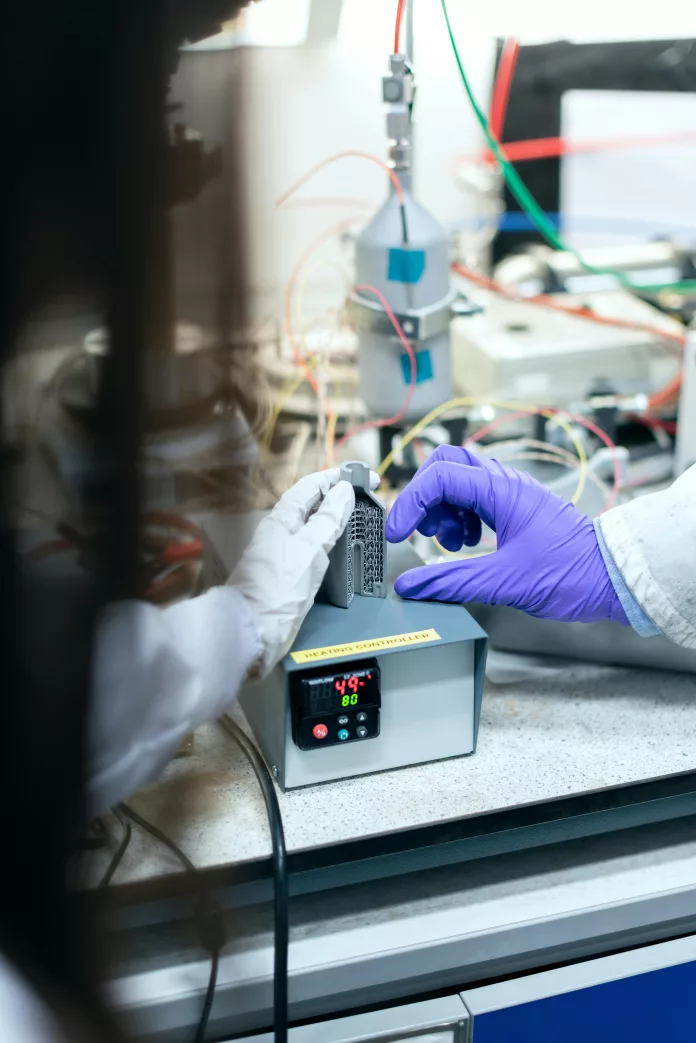Scientists at Tokyo Tech have forged new ground in the world of thermoelectric materials (TEMs) by unveiling eco-friendly inverse-perovskites that boast impressive energy conversion efficiencies, addressing the dual challenges of environmental impact and subpar performance that plague traditional TEMs. The research points to promising applications in sustainable energy and electronics cooling solutions.
The Rising Star of Waste-Energy Harvesting
A foundational pillar in the quest for greener energy and electronic device management, thermoelectric materials have carved out an indispensable niche. Their unique ability to toggle between thermal energy and electrical energy offers a pathway to harness energy that would otherwise dissipate uselessly.
What Determines a TEM’s Performance?
The effectiveness of TEMs hinges on their figure of merit (ZT), a function of power factor (PF) and the reciprocal of thermal conductivity (κ). An optimal TEM showcases a high ZT with a balance of low κ and high PF.
The Challenge: Balancing Toxicity with Efficiency
In their quest for higher performance, researchers have often turned to heavy metal chalcogenides like Bi2Te3 and PbTe. While these materials excelled in energy conversion, their heavy elemental content, including lead (Pb) and tellurium (Te), raised serious environmental and health concerns. Conversely, oxide-based TEMs, though less harmful, suffered from lackluster ZT values due to higher κ.
A Ground-Breaking Solution from Tokyo Tech
Championing both efficiency and ecological responsibility, Associate Professor Takayoshi Katase’s team has explored inverse-perovskite TEMs devoid of harmful elements. Their work, showcased in Advanced Science, presents Ba3BO, a novel material where B represents silicon (Si) and germanium (Ge).
The Remarkable Properties of Inverse-Perovskite TEMs
The research team emphasizes distinguished attributes of these inverse-perovskites compared to their traditional counterparts, noting their special cation-anion site inversion and unique Ba-rich crystal structures that contribute to significantly reduced κ.
Record-Breaking Low Thermal Conductivity and High ZT
Experiments revealed Ba3BO’s thermal conductivity values are substantially less than those of conventional high-performance materials, resulting in ZT values ranging from 0.16 to 0.84. Theoretical analyses further predict a staggering maximum ZT of 2.14 for Ba3SiO and 1.21 for Ba3GeO, vying with, and potentially outdoing, the efficiency of more hazardous counterparts.
A Two-Pronged Attack: Low κ and High PF
Beyond their low κ, Ba3BO materials also shine with high PF, thanks to the unconventional role B ions play in this structure, facilitating carrier transport and thus contributing to efficient energy conversion processes.
Conclusion: A Step Towards Cleaner, High-Performance TEMs
In conclusion, this research validates Ba3BO as a high-performing, non-toxic alternative to existing TEMs. The team’s insights into material design free of toxic elements could profoundly influence materials science, chemistry, and perhaps most significantly, the sustainable technology landscape, integrating these advanced materials into everyday applications.


























